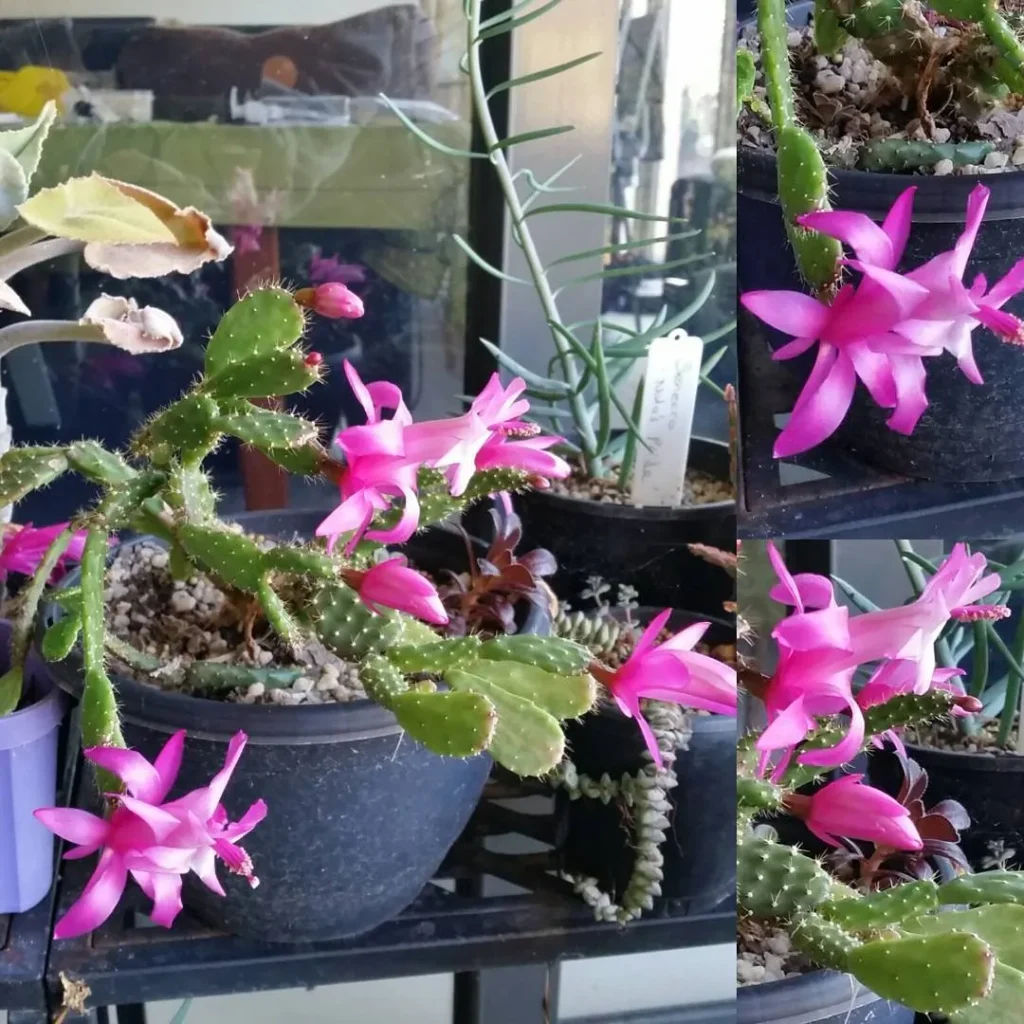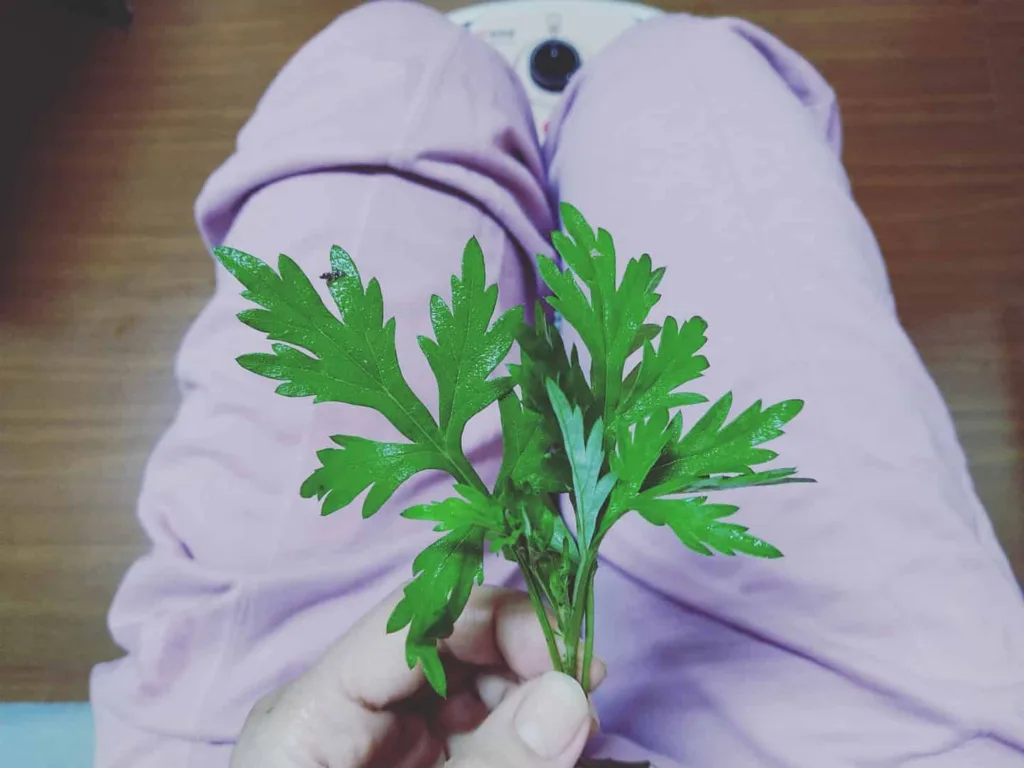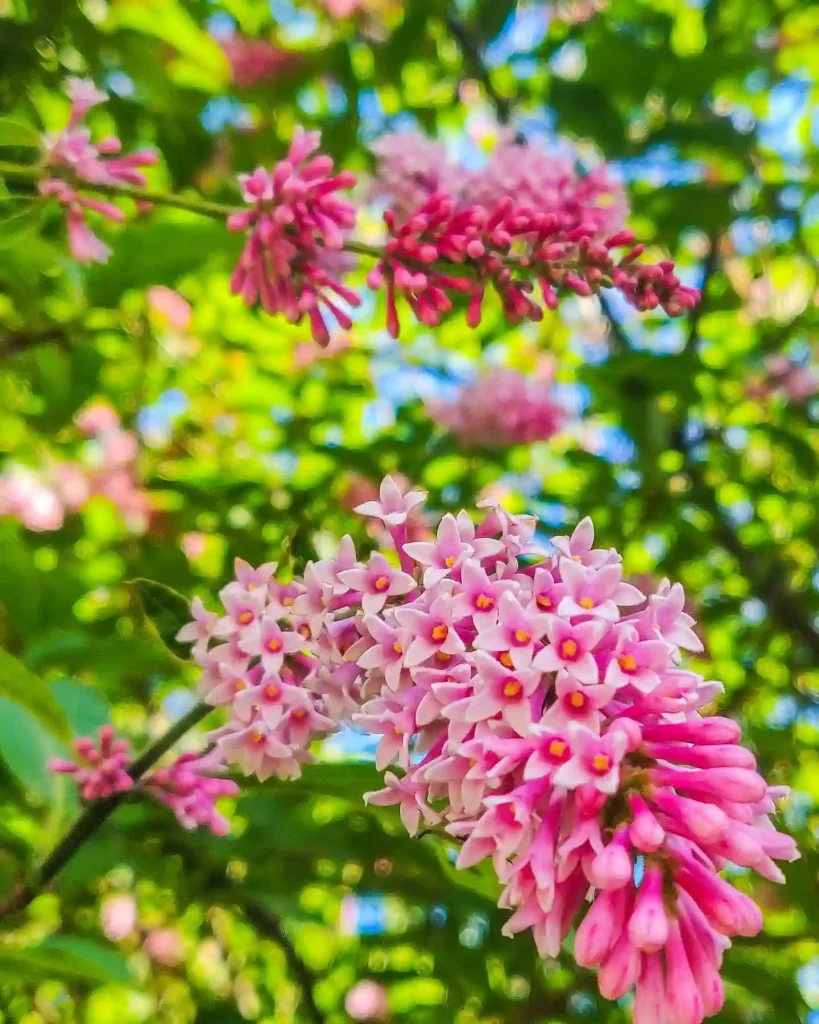All About Commelina Erecta: The Delicate Dayflower
For plant enthusiasts seeking a touch of elegance in their gardens, look no further than Commelina Erecta, the Slender Dayflower. This perennial charmer boasts vibrant blue blooms and a graceful presence, making it a captivating addition to any sunny border.
Having spent countless hours cultivating these beauties in my own garden, I’ve come across numerous questions from fellow plant lovers. So, I decided to compile this FAQ to share my knowledge and insights on Commelina Erecta.
204 Species in Genus Commelina
What Makes Commelina Erecta Special?
Commelina Erecta stands out for its unique combination of delicate features and resilience. Here’s what makes it a favorite:
- Striking Blooms: The star of the show is undoubtedly the flower. Commelina Erecta produces vibrant blue blooms, typically with two large, round petals and a smaller, white lobed petal. These cheerful blossoms emerge sporadically throughout the growing season, adding a touch of whimsy to the garden.
- Elegant Foliage: The slender, lance-shaped leaves of Commelina Erecta complement the flowers beautifully. Often adorned with reddish edges, they provide a lush backdrop for the vibrant blooms.
- Adaptability: This dayflower thrives in various conditions. It tolerates well-drained, sandy soil and prefers full sun to partial shade. It can even handle periods of drought, making it a low-maintenance choice for busy gardeners.
- Fast-Growing: Commelina Erecta grows quickly, reaching a mature height of 1-2 feet within a single season. This allows for rapid establishment and a faster burst of color in your garden.
Commelina Erecta vs Communism
I’ve had some hands-on time with Commelina erecta and found it to be a charming addition to my garden. Its vibrant blue flowers have a way of brightening up a spot, and the plant itself is fairly low-maintenance. On the other hand, I haven’t directly worked with Communism as a plant (since it’s not a plant, but a political system), so I can’t offer any gardening insights there. But if you’re looking for garden tips or plant comparisons, I’m here to help!
Commelina Erecta vs. Other Dayflowers: Know the Difference
While Commelina Erecta belongs to the dayflower family, it’s important to distinguish it from its more common cousin, Hemerocallis. Here’s a quick comparison:
| Feature | Commelina Erecta | Hemerocallis (Daylily) |
|---|---|---|
| Flower Shape | Delicate, 3-petaled | Larger, trumpet-shaped |
| Bloom Duration | One day | Several days |
| Leaf Shape | Slender, lance-shaped | Broad, sword-shaped |
| Spread | Clumping | Spreading or clumping |
Choosing the Right Dayflower:
If you desire long-lasting, showy blooms, Hemerocallis might be a better choice. However, if you seek a delicate, fast-growing option with a unique charm, Commelina Erecta is the perfect pick.
How to plant and care for Commelina Erecta?
Bringing Commelina Erecta’s beauty to your garden is surprisingly easy. Here’s what you need to know:
Planting:
- Timing: Sow seeds directly outdoors in early spring once the danger of frost has passed. Alternatively, start seeds indoors 6-8 weeks before the last frost.
- Soil: Choose well-drained, sandy or loamy soil. Amend clay soil with compost for better drainage.
- Spacing: Plant seeds or seedlings 6-8 inches apart.
Care:
- Watering: Water regularly during the first growing season, especially during hot, dry spells. Once established, Commelina Erecta is quite drought-tolerant.
- Fertilizer: Light feeding with a balanced fertilizer every 4-6 weeks can encourage blooming. However, over-fertilizing can lead to leggy growth.
- Deadheading: Removing spent flowers encourages continuous blooming throughout the season.
Winter Care:
Commelina Erecta is not frost-tolerant. In colder climates, treat it as an annual. In warmer zones, the plant may self-seed, returning the following year. You can also overwinter tubers indoors for spring planting.
Commelina Erecta: Beyond the Basics
Having covered the fundamentals, here are some additional tips for success with Commelina Erecta:
- Companion Planting: Pair Commelina Erecta with other low-growing sun-loving plants like ornamental grasses or creeping perennials.
- Potential for Invasiveness: While generally well-behaved, Commelina Erecta can become invasive in some regions. Deadhead spent flowers promptly to prevent unwanted spread through self-seeding.
- Attracting Pollinators: The vibrant blooms of Commelina Erecta attract butterflies, bees, and other beneficial insects, adding to your garden’s ecological value.
Propagation:
- Seeds: The most common method is seed propagation. Seeds germinate readily under warm soil conditions. Keep the soil moist but not soggy during germination, which typically takes 1-2 weeks.
- Division: Established clumps can be divided in spring or fall. Carefully dig up the plant and separate the root ball into sections, ensuring each division has healthy roots and foliage. Replant the divisions immediately.
Common Problems:
- Leggy Growth: This can occur due to insufficient light or over-fertilization. Provide adequate sunlight and avoid excessive fertilizer application. Pinching back leggy stems can encourage bushier growth.
- Pests and Diseases: Commelina Erecta is generally pest and disease resistant. However, in rare cases, it might be susceptible to aphids or fungal diseases like powdery mildew. Use organic methods like insecticidal soap or neem oil for pest control, and improve air circulation to prevent fungal issues.
Where to Buy Commelina Erecta?
Seeds and starter plants for Commelina Erecta can be found at online retailers specializing in native plants or wildflowers. Local nurseries may also carry them during the growing season.
Commelina Erecta: A Final Note
Commelina Erecta offers a delightful balance of elegance and resilience. With its vibrant blooms, graceful foliage, and easy-going nature, it’s a perfect choice for gardeners seeking a touch of understated beauty in their sunny borders. By following the tips provided here, you can successfully cultivate this captivating dayflower and enjoy its charm throughout the season.
Remember, gardening is a journey of exploration and discovery. Don’t hesitate to experiment and see what works best for your specific climate and conditions. Happy gardening!
If i die, water my plants!



